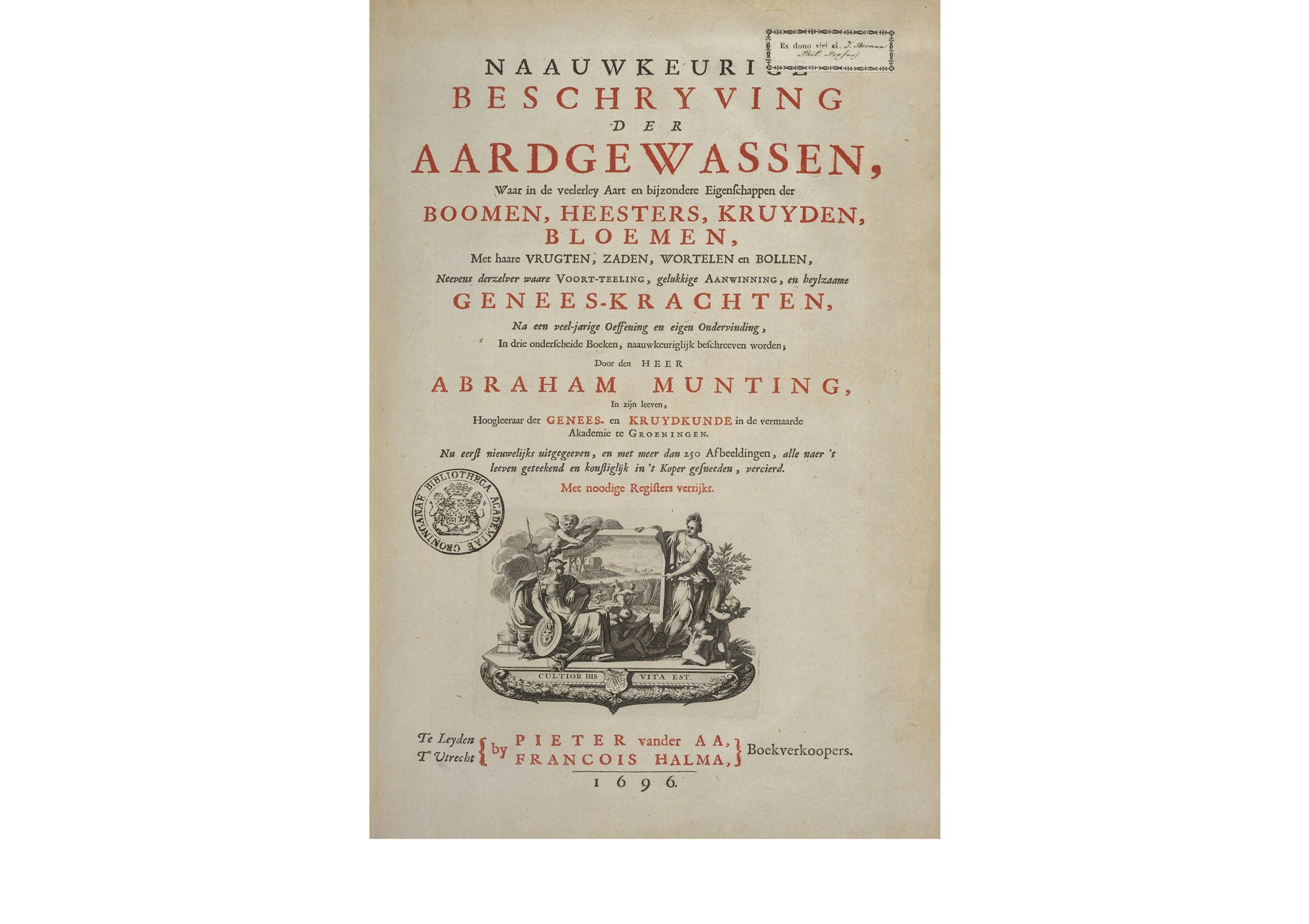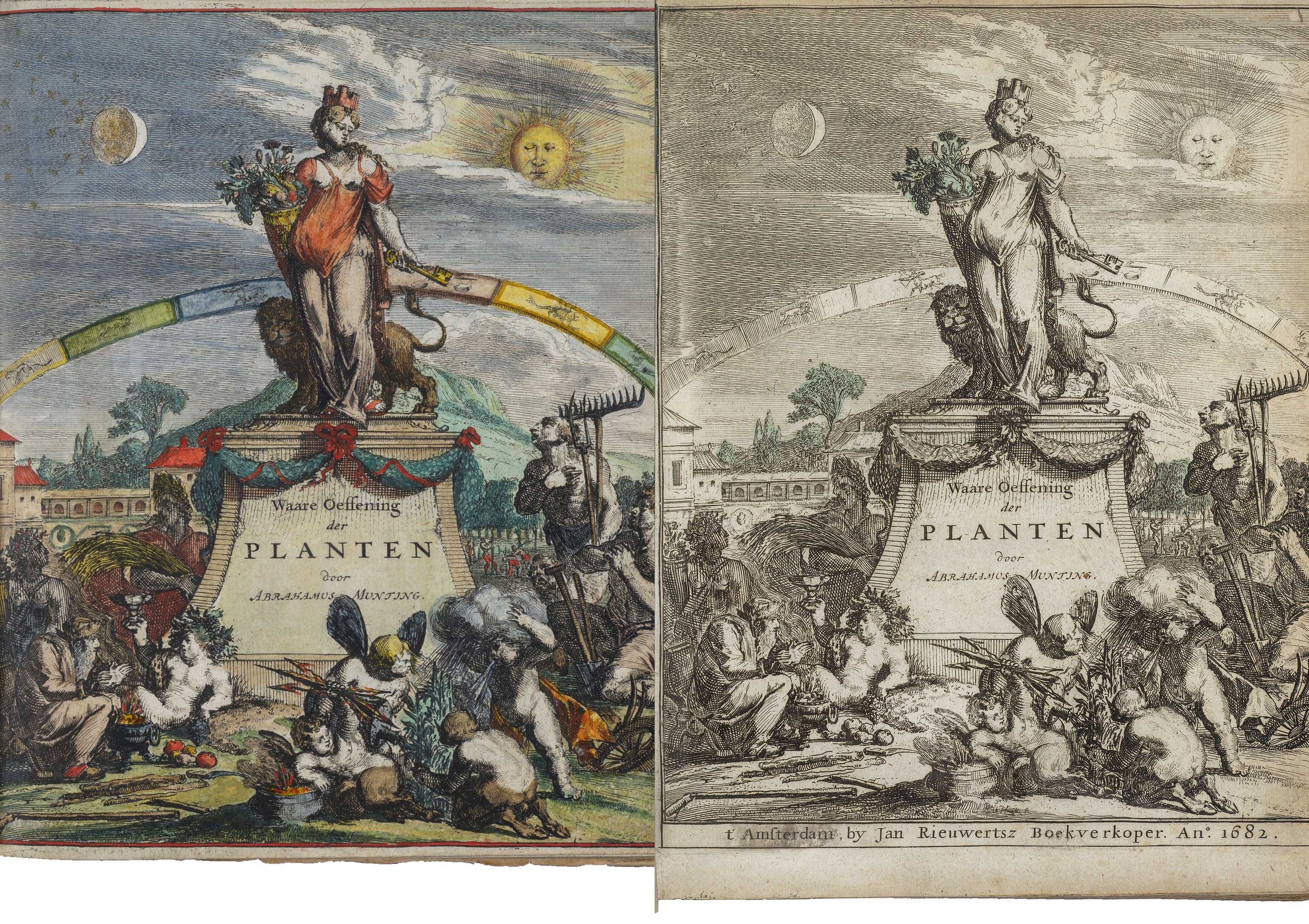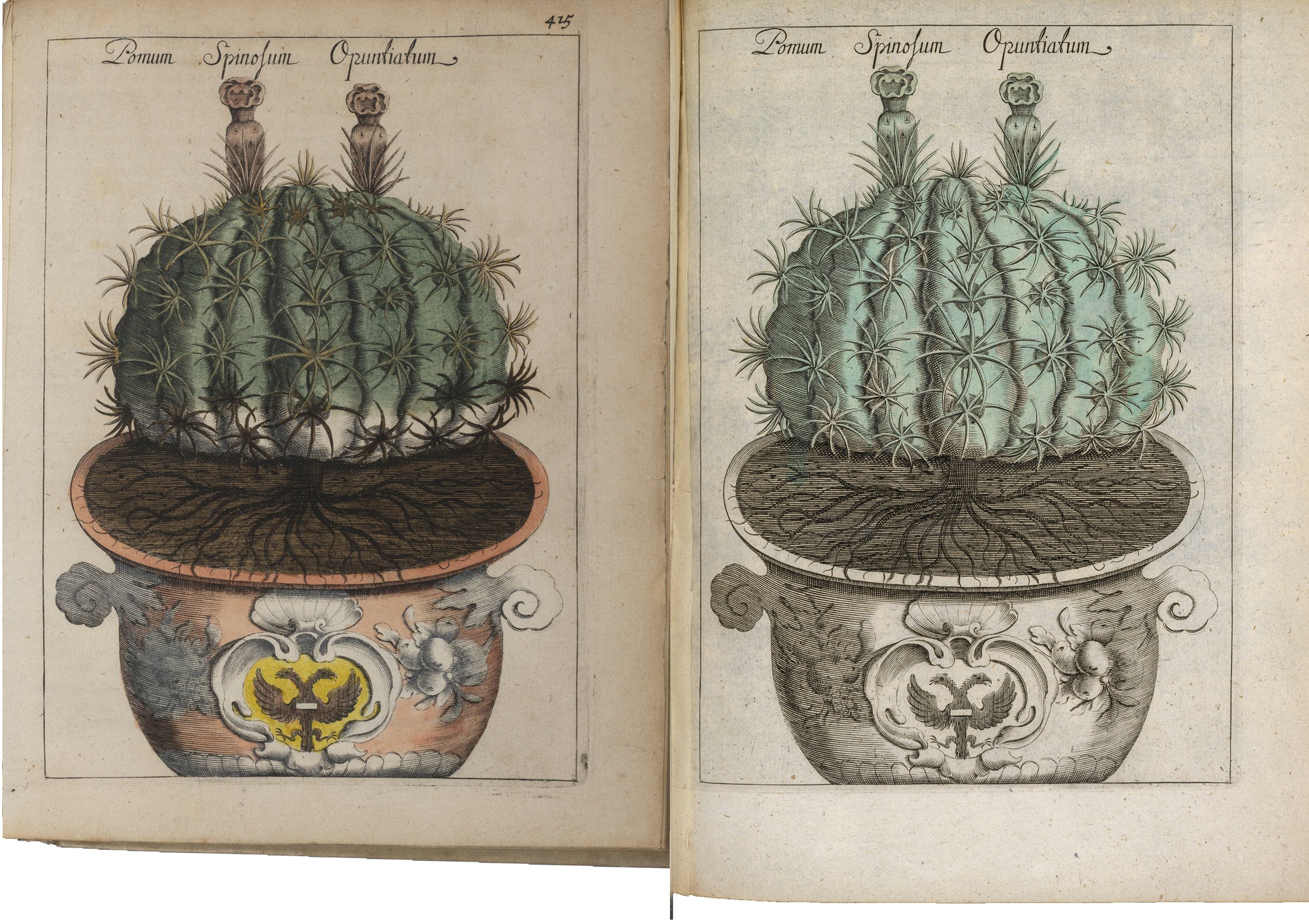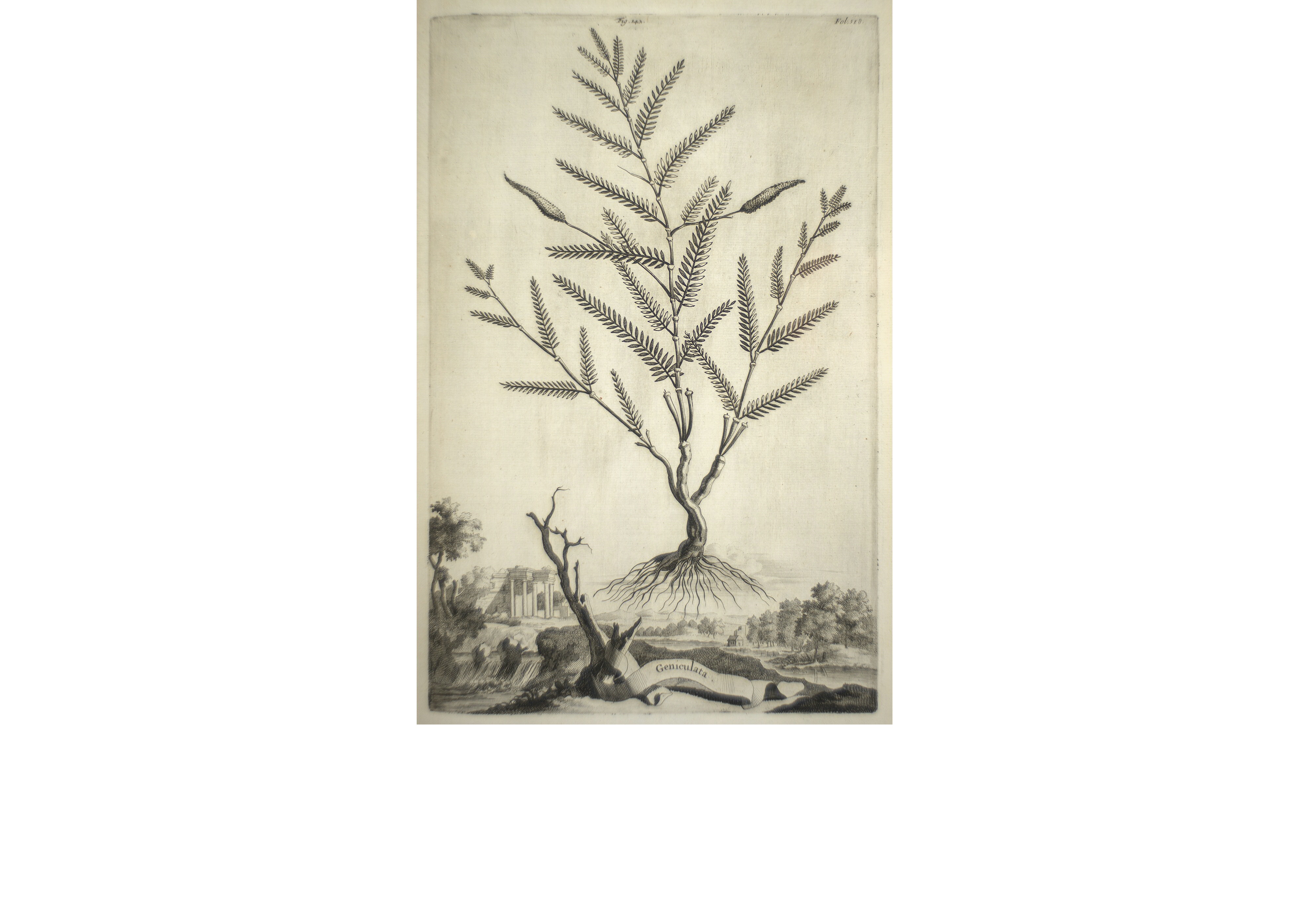The works of Abraham Munting (1626-1683)
Some students at the University of Groningen, especially those at the Faculty of Social and Behavioural sciences, are likely to be familiar with the ‘Muntinggebouw.’ Although the name ‘Munting’ might not directly ring a bell nowadays, it refers to a family who took a prominent, though sometimes troublesome spot in the early history of Groningen’s university.
In 1626, a man named Henricus Munting (1583-1658) created the first botanical garden of Groningen, right at the spot where the ‘Muntinggebouw’ is located. His efforts were rewarded with a ‘special professorship’ in botany, although Henricus was always looked down upon by his fellow professors who perceived him primarily as a simple gardener.
His son Abraham (1626-1683), however, made the name Munting synonymous with the science of botany in Groningen at that time. After he had taken over his father’s professorship and ownership over the botanical garden in 1658, Abraham turned it into one of the finest botanical gardens in the Netherlands. ‘The Paradise of Groningen,’ as it was called by contemporaries, was renowned among botanists from other universities in the Netherlands and throughout Europe.
Equally famous were two of the botanical works Abraham wrote: Waare oeffening der planten in 1672, and the posthumously published Naauwkeurige beschrijving der aardgewassen from 1696. Like his father, Abraham cultivated a rather practical approach to botany. He preferred descriptive works on the practical and healing purposes of plants and herbs over the standard approach of theoretical disputations and taxonomy of his time.
Both of his major works were also published in Dutch instead of Latin, which was meant to make the book accessible to a wider audience. Nowadays, Abraham Munting’s books are especially renowned for their many detailed engravings, some of which have been coloured richly at the request of past owners.
This virtual exhibition was made as part of the Summerschool Things That Matter 4.





